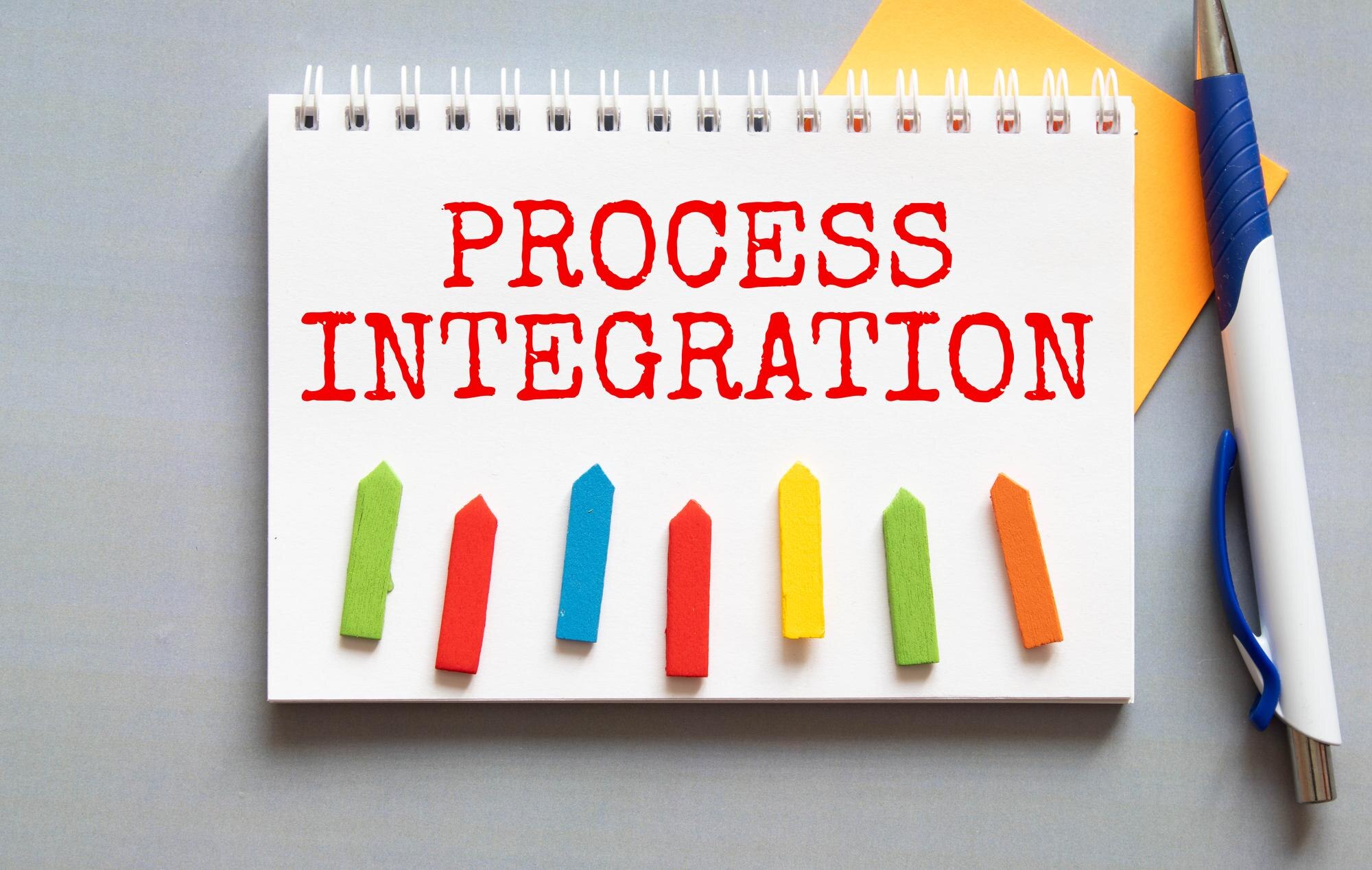Estimated reading time: 9 minutes
Key Takeaways
- “Operational planning serves as the bridge between lofty strategic ambitions and the day-to-day activities that make them real.”
- It translates strategic objectives into specific activities and projects, resource requirements and budgets, timelines and milestones, individual and team responsibilities, and performance metrics and targets.
- Alignment creates a clear line of sight from individual tasks to organisational vision, ensuring daily efforts contribute meaningfully to long-term success.
- The process includes goal setting, strategic planning, resource allocation, timeline development, stakeholder identification, risk mitigation, and task management.
- Continuous review and refinement keep operational efforts aligned with evolving strategic priorities.
Table of Contents
Introduction
Operational planning serves as the bridge between lofty strategic ambitions and the day-to-day activities that make them real. It is the practical roadmap that turns an organisation’s vision into concrete actions, timelines, and assignments. Without proper operational planning process steps, businesses often find themselves adrift, pursuing activities that fail to contribute meaningfully to their primary goals.
Within an increasingly competitive landscape, mastering operational planning is not merely good practice, it is essential for survival and growth.
Whether leading a small team or managing complex business operations, understanding how to design and implement effective operational plans will dramatically improve execution capability and business outcomes.
This comprehensive guide walks through the critical operational planning process steps, providing practical insights that help translate strategic objectives into measurable results. From setting clear goals to monitoring progress, the material covers everything required to develop operational plans that drive meaningful business success.
Understanding Operational Planning
Operational planning sits at the intersection of big-picture thinking and everyday execution. While strategic planning defines where an organisation intends to go over the next three to five years, operational planning outlines exactly how the team will reach that destination during the next six to twelve months.
Think of strategic planning as choosing the destination on a map, while operational planning involves plotting the specific route, determining fuel stops, and deciding who will drive each leg of the trip. This connection is vital, without proper operational planning, even the most brilliant strategy remains only a concept on paper.
Effective operational planning translates strategic objectives into:
- Specific activities and projects
- Resource requirements and budgets
- Timelines and milestones
- Individual and team responsibilities
- Performance metrics and targets
The most successful organisations ensure their operational plans directly align with business objectives. This alignment creates a clear line of sight from individual tasks to organisational vision, ensuring that daily efforts contribute meaningfully to long-term success rather than becoming disconnected busy work.
By establishing this clear connection between strategy and operations, organisations create both purpose and efficiency, two essential ingredients for sustainable business growth.
Planning Process Steps
Creating an effective operational plan involves several interconnected steps that transform strategic vision into actionable implementation. Each critical component of the operational planning process appears below.
Goal Setting and Business Objectives
Effective operational planning begins with clear, purposeful goal setting. These goals must flow directly from the strategic plan and translate broad business objectives into specific operational targets. Carefully crafted operational goals share several key characteristics:
- They align precisely with strategic priorities
- They include specific, measurable outcomes
- They establish realistic yet challenging targets
- They come with clear timeframes for completion
- They connect directly to team or individual performance
For example, a strategic goal of “expanding market share” might translate into operational objectives such as “increasing production capacity by 15 percent within six months” or “reducing order fulfilment time from 72 to 48 hours by Q3.”
The power of proper goal setting lies in its ability to focus resources and attention on priorities that genuinely matter to business success. Without this clarity, teams often waste energy on activities that, while busy, do not meaningfully contribute to organisational advancement.
Carefully defined operational goals also establish the foundation for performance measurement, enabling leaders to track progress and make course corrections when necessary.
Strategic Planning
Strategic planning provides the essential context for operational planning. While they work together, understanding their distinct roles helps ensure proper alignment between long-term direction and short-term action.
Strategic planning focuses on:
- Defining the organisation’s vision and mission
- Identifying long-term business objectives (typically three to five years)
- Assessing competitive positioning
- Establishing broad priorities for resource investment
- Setting the foundation for organisational culture
Operational planning then takes these strategic imperatives and develops the detailed roadmap for implementation. The relationship between these planning levels should be seamless, with operational plans clearly showing how day-to-day activities support strategic goals.
When crafting operational plans, constantly reference the strategic plan to confirm that every initiative, project, and task supports the broader direction. This strategic alignment prevents operational drift, the tendency for teams to focus on urgent tasks while losing sight of important strategic priorities.
The most effective organisations review both strategic and operational plans together on a regular basis, ensuring continuous alignment between future aspirations and current activities.
Resource Allocation
Proper resource allocation turns operational plans from wishful thinking into achievable reality. This critical step involves identifying, securing, and distributing the assets needed to execute operational activities effectively.
Resource allocation typically encompasses:
- Human resources: determining staffing needs, roles, and specialisations
- Financial resources: establishing budgets and funding requirements
- Physical resources: securing equipment, facilities, and materials
- Technological resources: implementing systems and digital tools
- Time resources: allocating available hours and establishing priorities
Effective resource allocation requires both art and science. The scientific element involves accurately calculating requirements, while the art lies in making trade-offs when resources are constrained, as they nearly always are.
When allocating resources, consider prioritising initiatives that most directly support critical business objectives. Formal processes such as zero-based budgeting help confirm that resources align with current priorities rather than simply continuing historical patterns.
Remember that resource allocation is not a single decision but an ongoing management activity as conditions change and new information emerges. Building some flexibility into the resource allocation plan allows for adaptation without derailing the entire operational plan.
Timeline Development
Timeline development provides the temporal framework for the operational plan, establishing when activities will occur and in what sequence. Carefully constructed timelines create rhythm and accountability while preventing bottlenecks that can derail progress.
Effective timeline development includes:
- Breaking larger projects into manageable phases
- Identifying dependencies between activities
- Setting realistic deadlines with appropriate buffers
- Creating milestone markers to track progress
- Establishing regular review points for potential adjustments
When developing operational timelines, balance ambition with realism. Overly aggressive timelines might motivate initially but eventually lead to disappointment and diminished credibility if consistently missed. Conversely, overly conservative timelines can create unnecessary delays and reduce competitive responsiveness.
Modern project management tools can greatly enhance timeline development, allowing for visual representations, such as Gantt charts, that clarify sequences and dependencies. These tools also facilitate timeline adjustments when circumstances change.
Remember that timeline development does not happen in isolation from other planning process steps, resource availability, risk factors, and stakeholder input should all inform timeline decisions.
Stakeholder Identification
Stakeholder identification ensures that all relevant parties, those who influence or are affected by the operational plan, are appropriately engaged in the process. Neglecting key stakeholders often leads to implementation challenges, resistance, or overlooked requirements.
Effective stakeholder identification involves:
- Mapping all individuals and groups affected by the plan
- Assessing each stakeholder’s influence and interest levels
- Determining suitable engagement strategies for each stakeholder
- Identifying potential champions and resistors
- Establishing communication protocols for different stakeholder groups
Beyond listing stakeholders, this process should involve understanding their perspectives, concerns, and potential contributions. Early stakeholder engagement often surfaces valuable insights that strengthen the operational plan while building broader support for implementation.
Remember that stakeholder identification is not solely about managing potential resistance, it focuses on enhancing collaboration in planning through diverse perspectives and expertise. Some of the most valuable operational improvements come from stakeholders who bring different viewpoints to the planning process.
The stakeholder landscape may evolve throughout the operational planning cycle, requiring periodic reassessment and adjustment of engagement strategies.
Risk Mitigation
Risk mitigation involves systematically identifying, assessing, and addressing potential threats to the operational plan. Rather than reacting to problems as they occur, proactive risk management allows the team to anticipate challenges and develop contingency plans before issues arise.
Effective risk mitigation includes:
- Systematic identification of potential risks
- Assessment of each risk’s likelihood and potential impact
- Prioritisation of risks based on severity and probability
- Development of specific mitigation strategies for high-priority risks
- Assignment of risk ownership and response responsibilities
- Regular review and updating of risk assessments
Common operational risks include resource shortfalls, timeline delays, technical challenges, market changes, and stakeholder resistance. For each identified risk, develop clear mitigation approaches, whether preventing the risk, reducing its likelihood, minimising its impact, or establishing contingency plans.
Risk registers or matrices help formalise this process, creating visibility and accountability around risk management. The goal is not to eliminate all risk, which is impossible, but to make informed decisions about which risks to accept, mitigate, or avoid altogether.
Regular risk reviews should form part of the operational planning cycle, as new risks may emerge while others become less relevant as implementation progresses.
Task Management
Task management converts broader operational objectives into specific, assignable units of work with clear ownership and accountability. Effective task management provides the practical mechanism through which operational plans are implemented.
Key elements of task management include:
- Breaking larger objectives into discrete, manageable tasks
- Defining clear task parameters and success criteria
- Assigning specific responsibility for each task
- Establishing realistic deadlines for completion
- Creating tracking mechanisms for progress monitoring
- Facilitating communication about task dependencies
Task management tools, ranging from simple task lists to sophisticated project management software, can greatly enhance implementation effectiveness. These tools provide visibility, accountability, and coordination across team members.
Conclusion
Mastering the operational planning process steps outlined above equips organisations to turn strategic aspirations into tangible outcomes. By setting focused goals, aligning resources, constructing realistic timelines, engaging stakeholders, managing risks, and controlling tasks, leaders create a disciplined framework for execution excellence. Continuous review and refinement of these steps will keep operational efforts aligned with evolving strategic priorities, ensuring sustained competitive advantage.
FAQs
What is operational planning?
Operational planning serves as the bridge between lofty strategic ambitions and the day-to-day activities that make them real. It turns an organisation’s vision into concrete actions, timelines, and assignments.
How does operational planning differ from strategic planning?
Strategic planning defines where an organisation intends to go over the next three to five years, while operational planning outlines exactly how the team will reach that destination during the next six to twelve months.
What are the key components that operational planning translates strategy into?
It translates strategic objectives into specific activities and projects, resource requirements and budgets, timelines and milestones, individual and team responsibilities, and performance metrics and targets.
What are the main steps in the operational planning process?
The process includes goal setting and business objectives, strategic planning, resource allocation, timeline development, stakeholder identification, risk mitigation, and task management.
Why is stakeholder identification important?
Neglecting key stakeholders often leads to implementation challenges, resistance, or overlooked requirements. Early stakeholder engagement surfaces valuable insights and builds broader support for implementation.
How should risks be managed within operational planning?
Proactive risk mitigation includes identifying and assessing risks, prioritising them, developing mitigation strategies, assigning ownership, and reviewing assessments regularly as implementation progresses.







